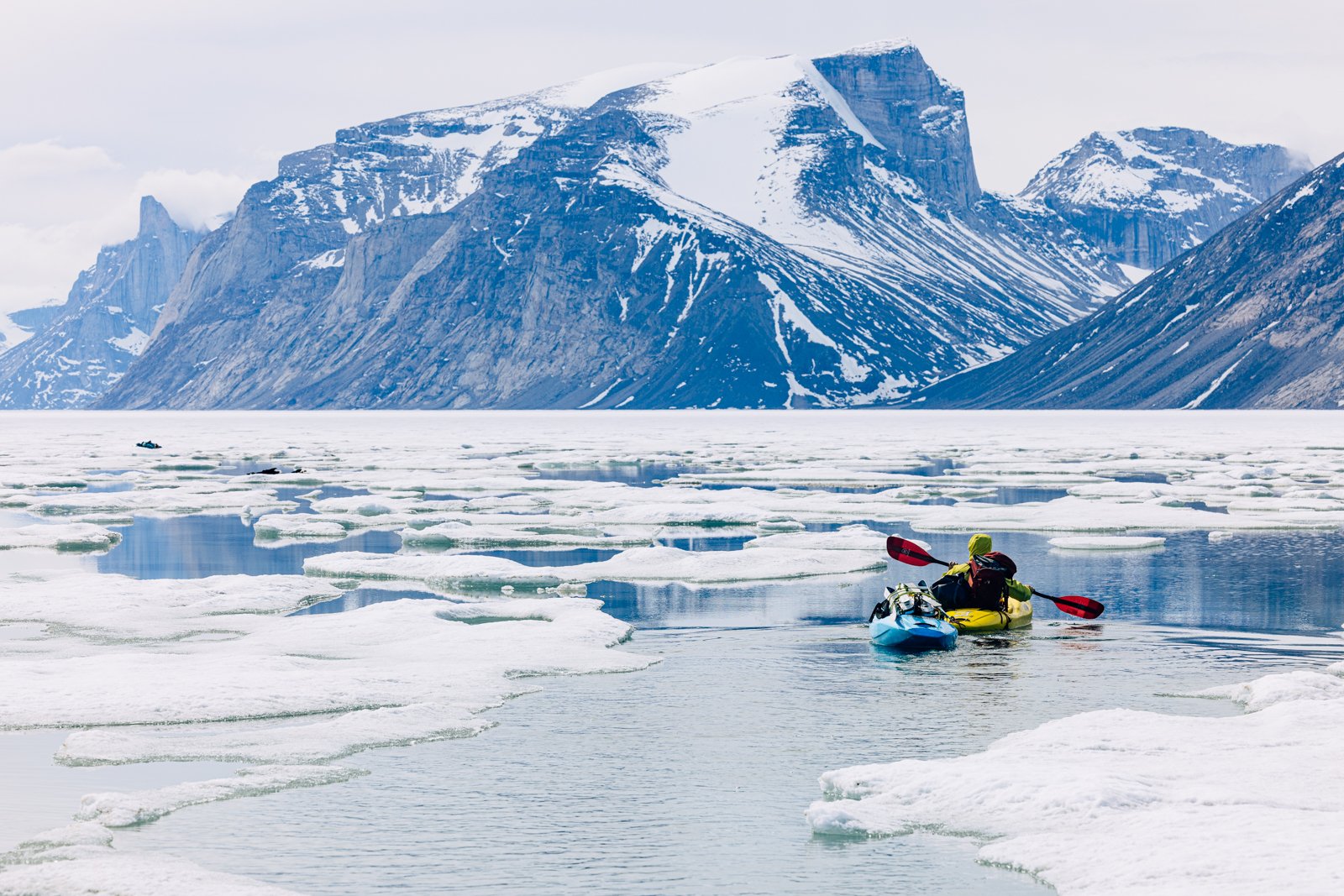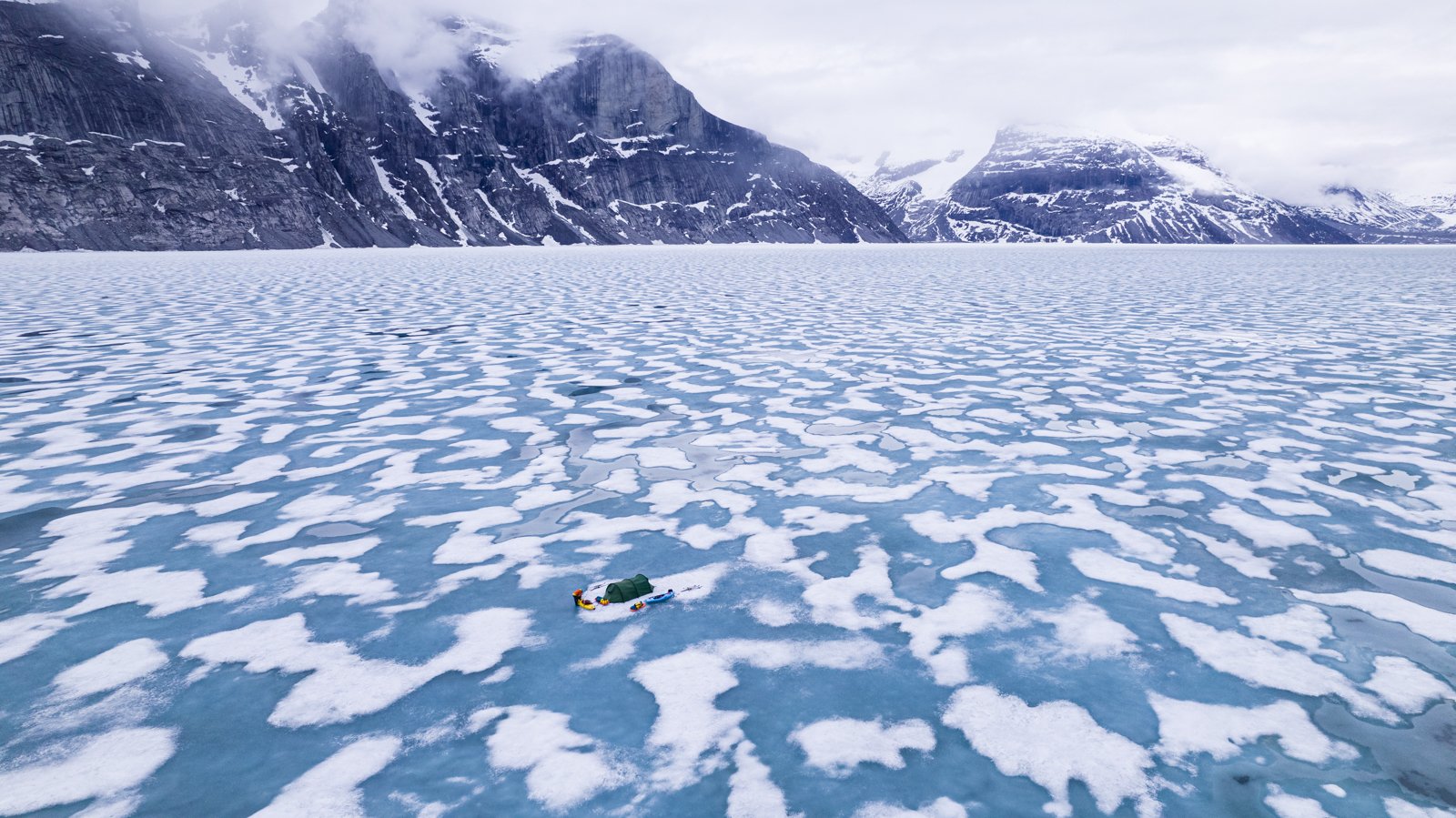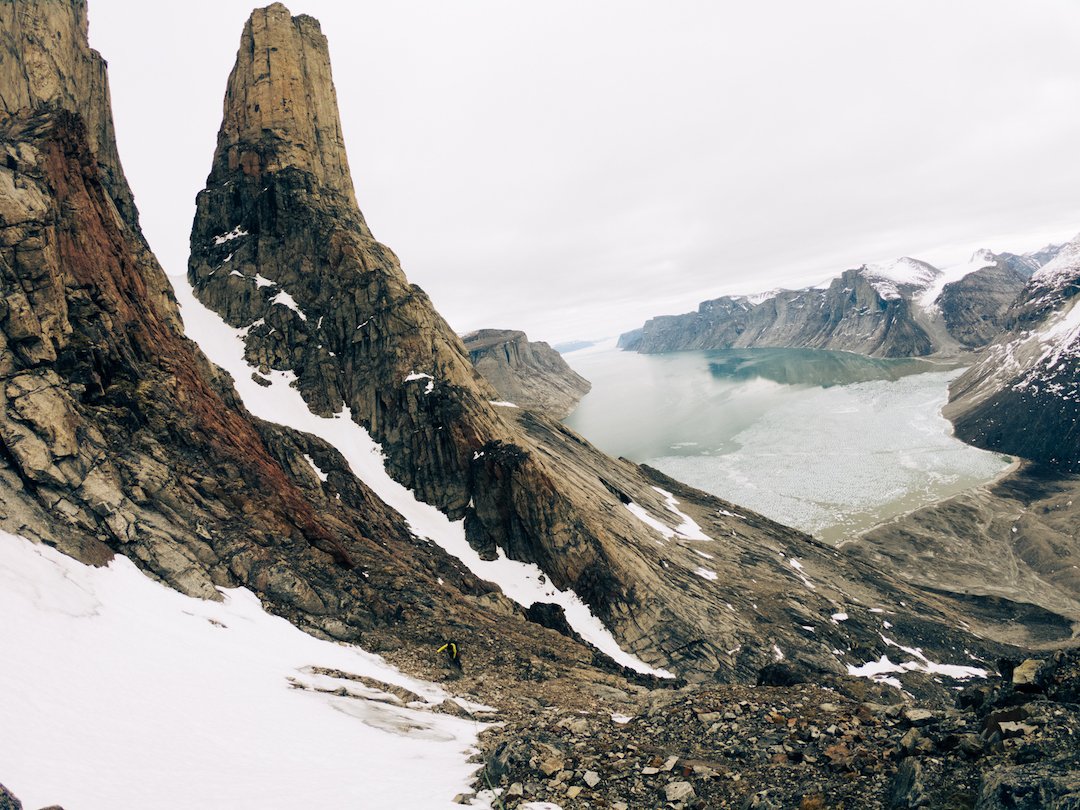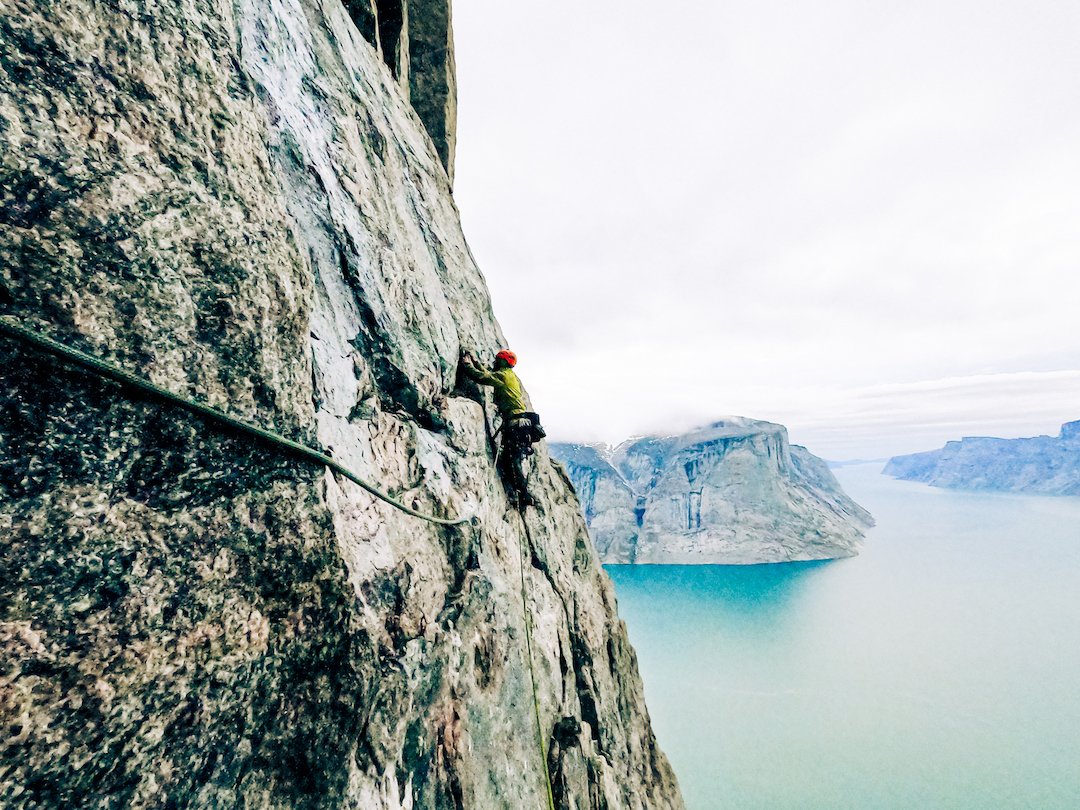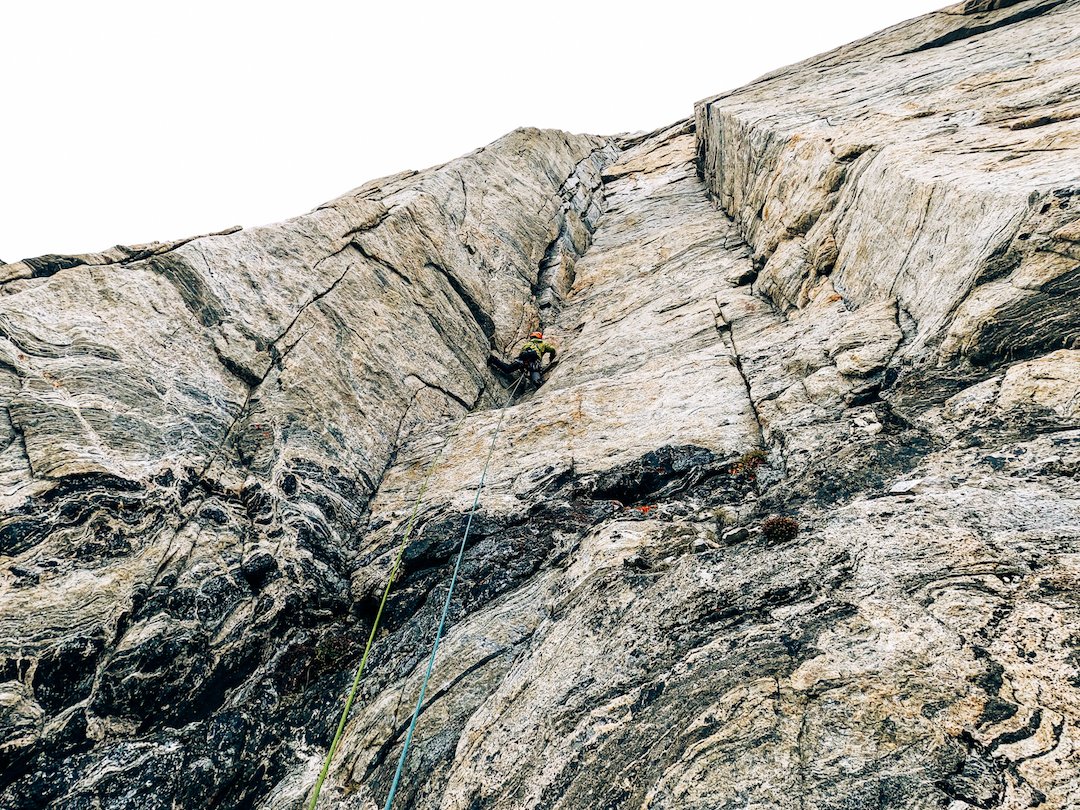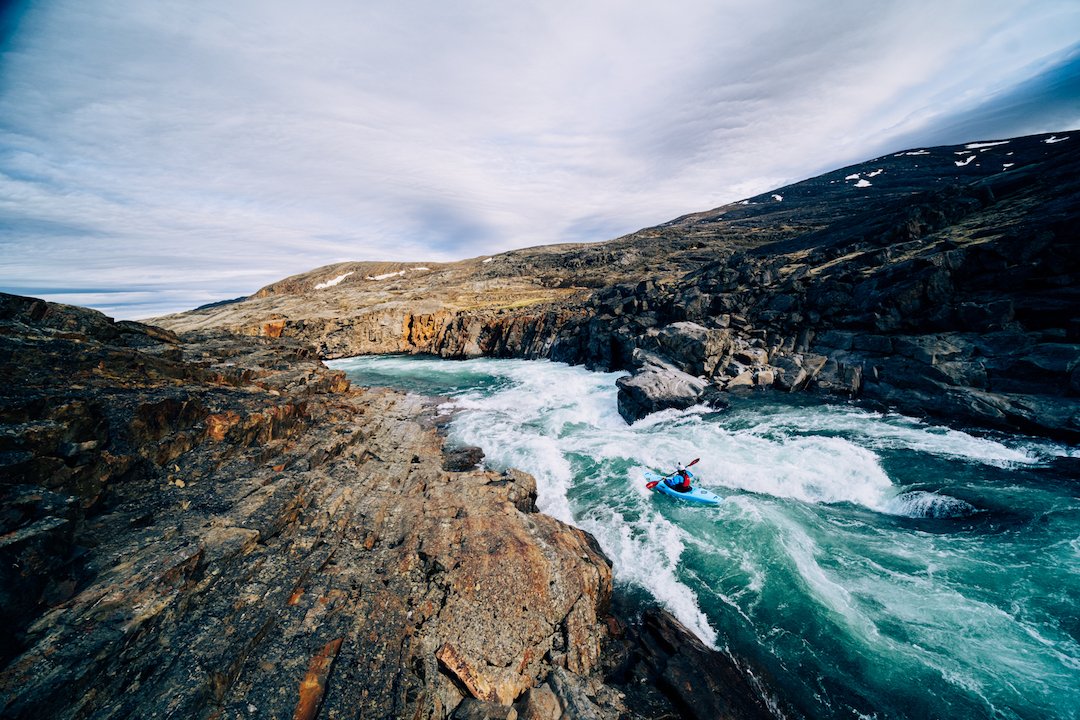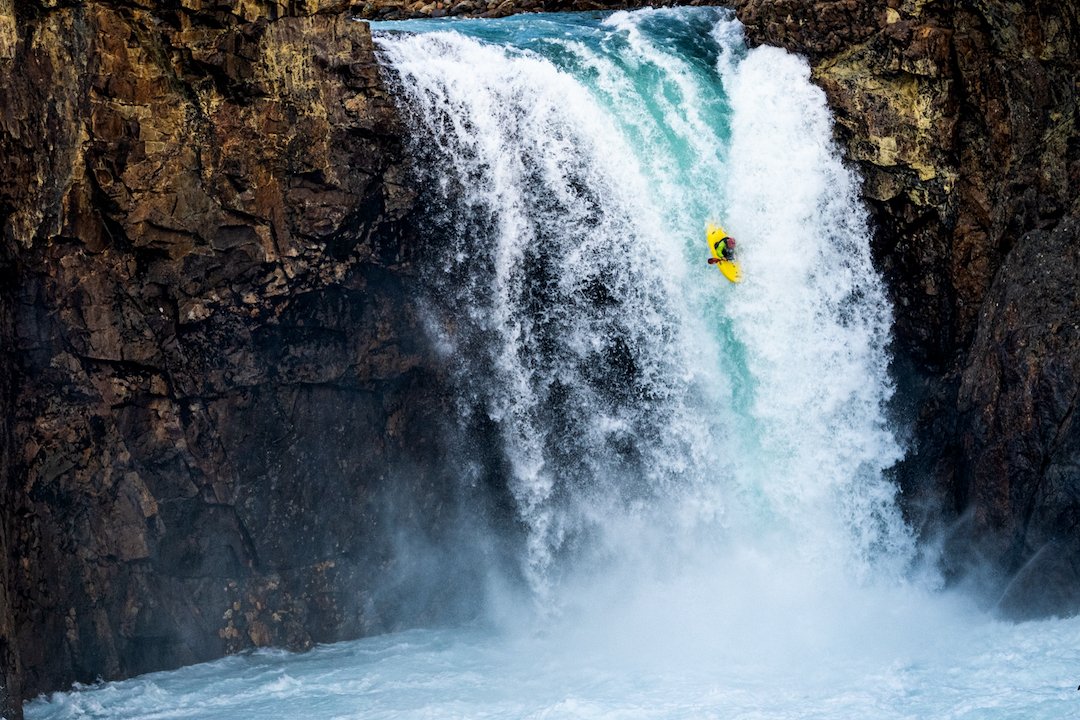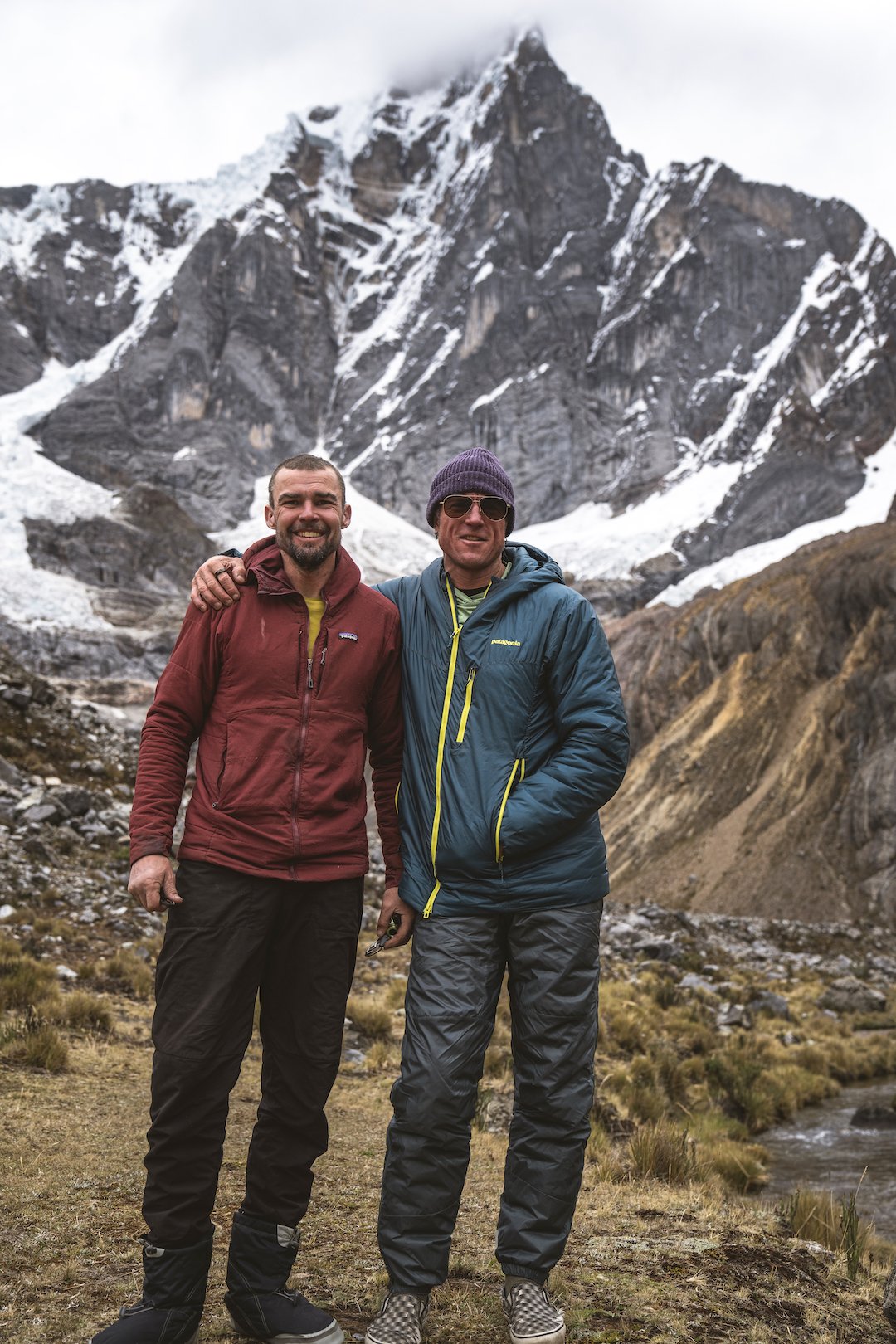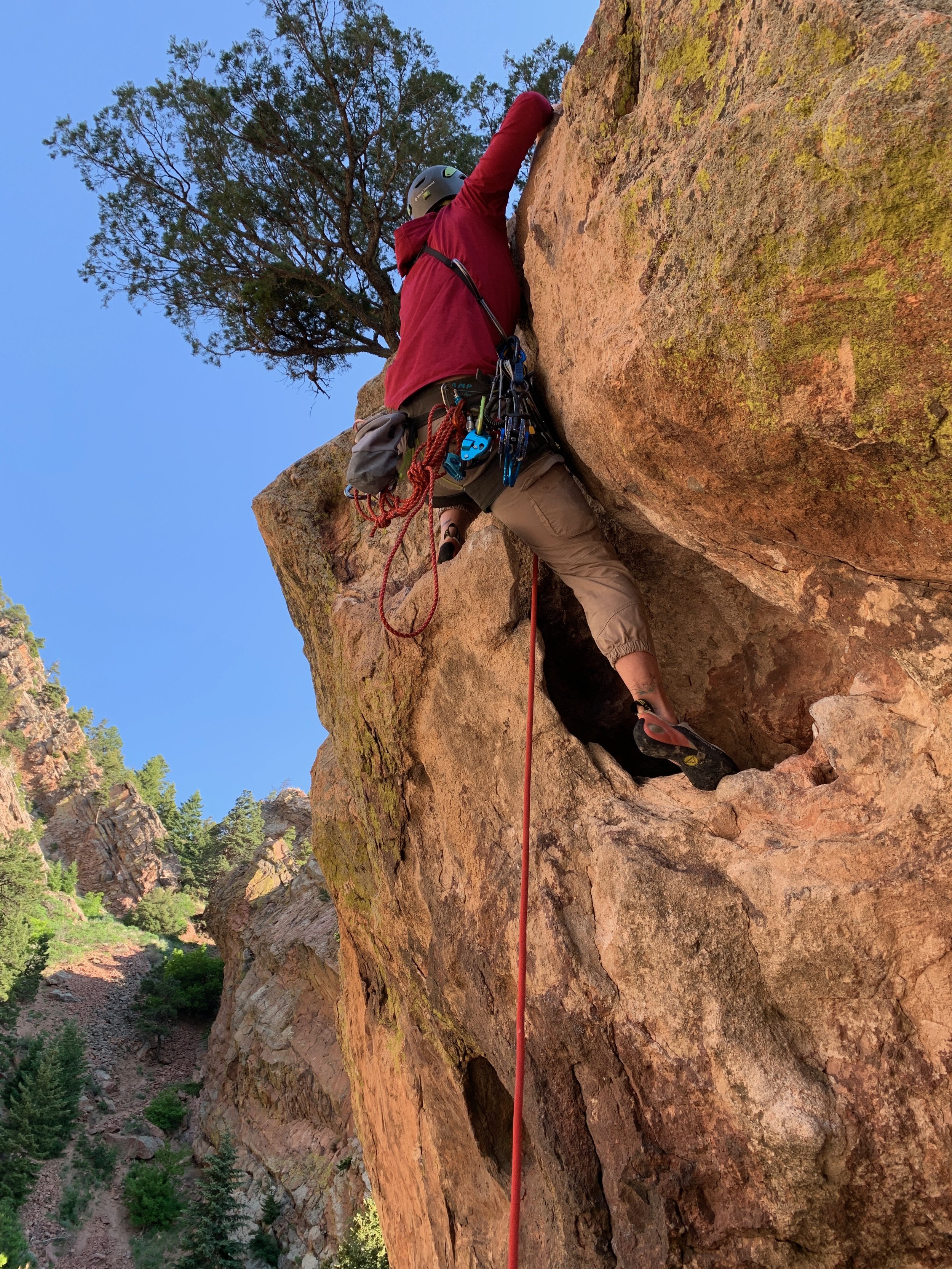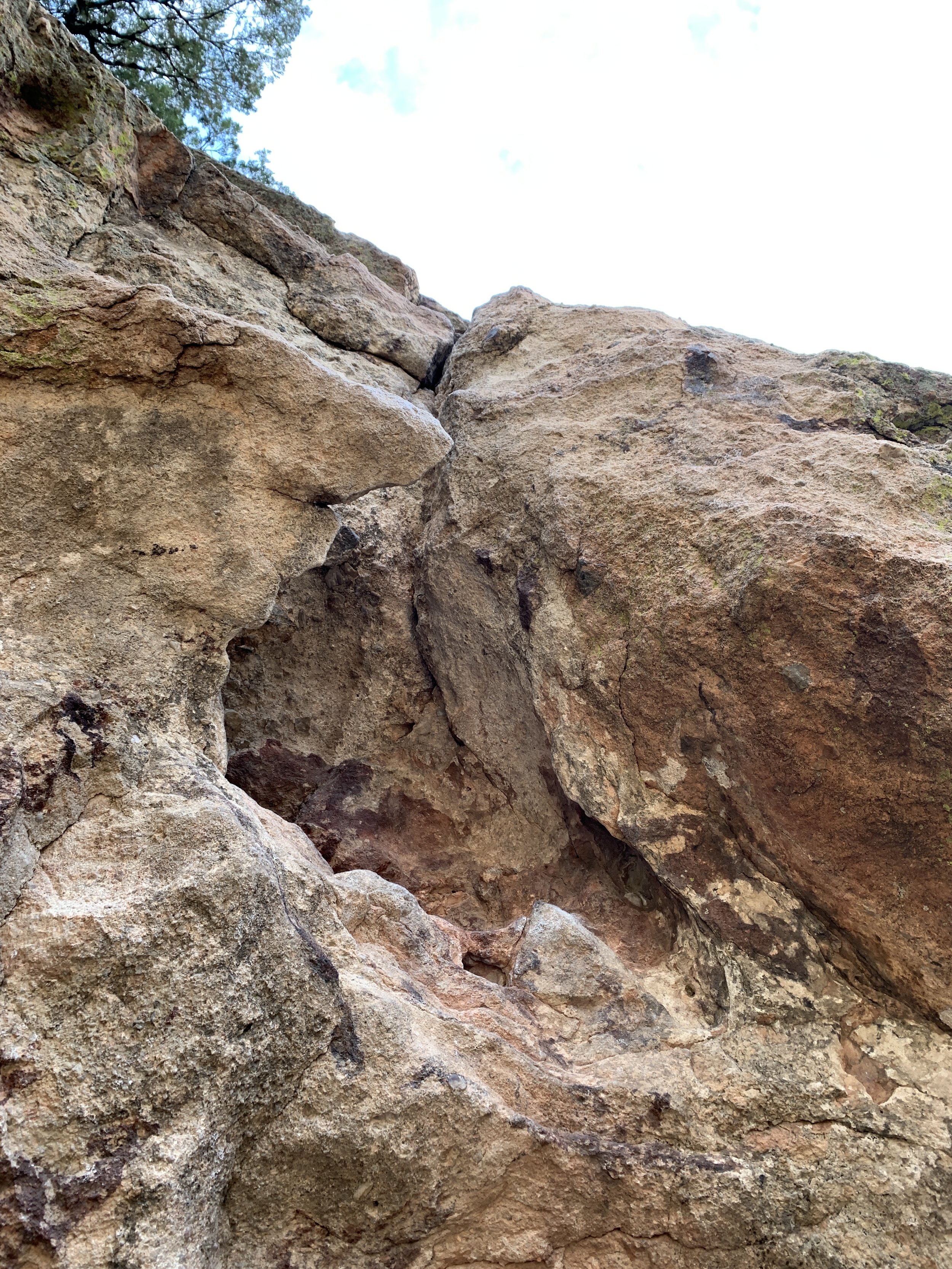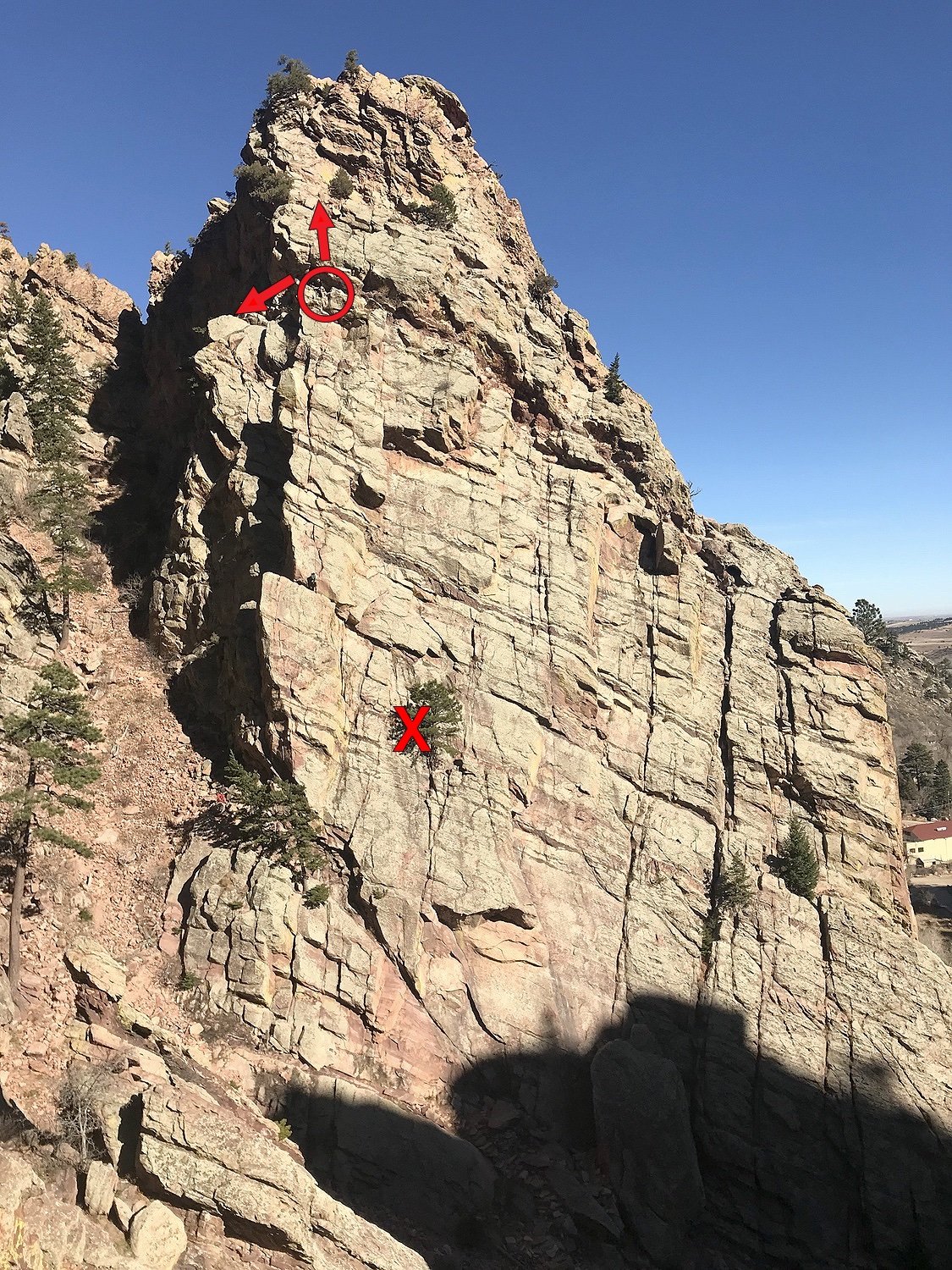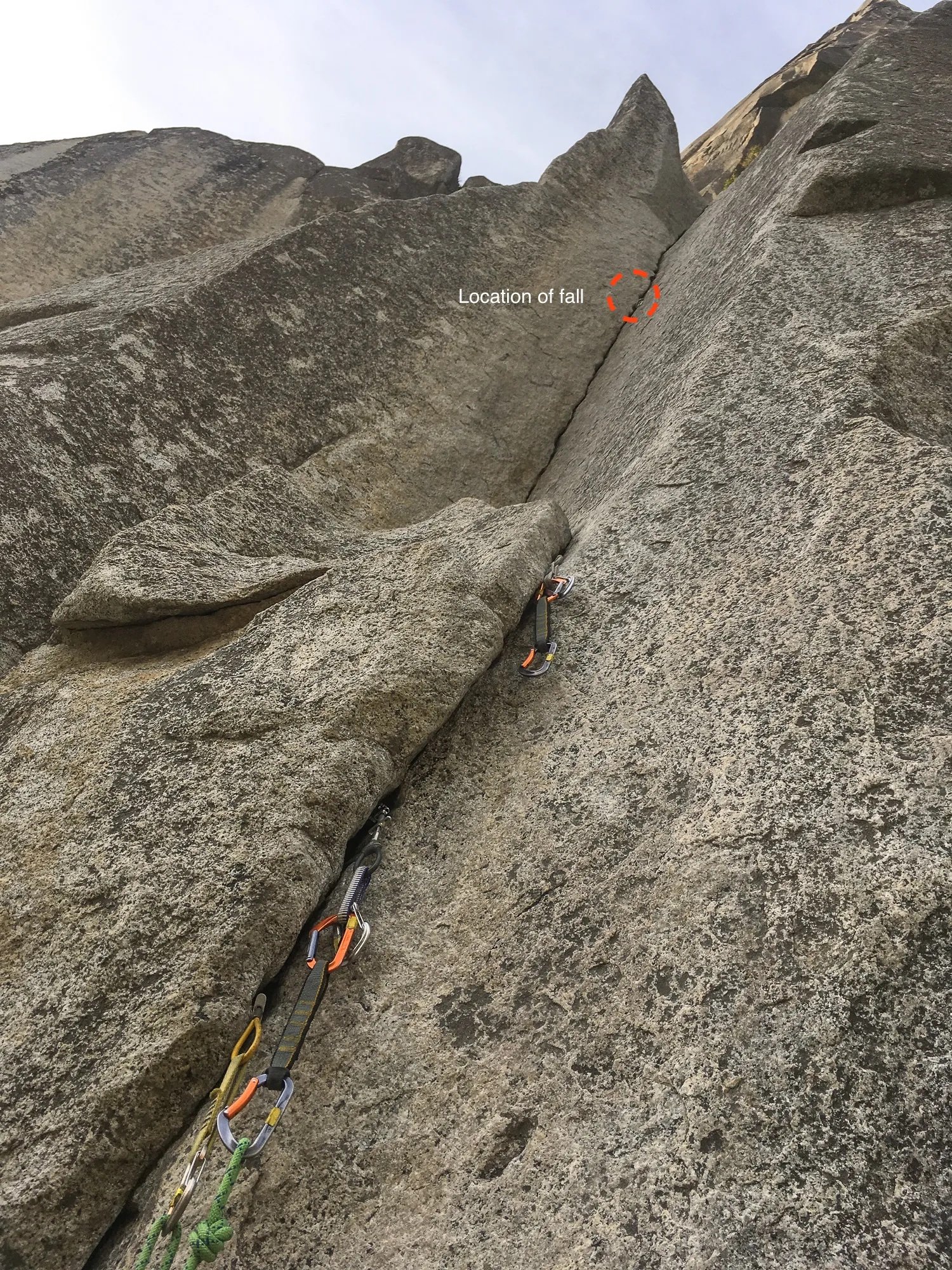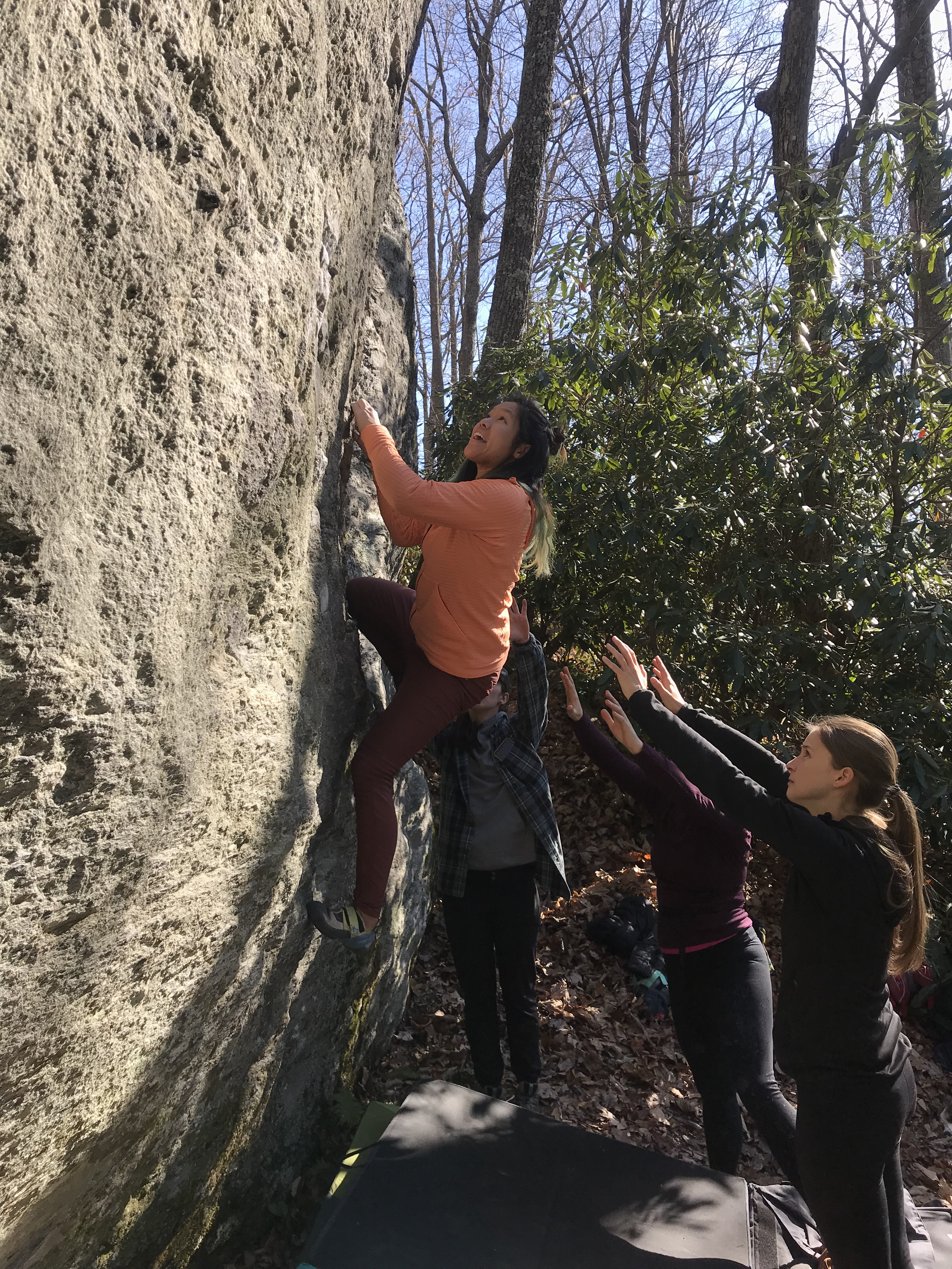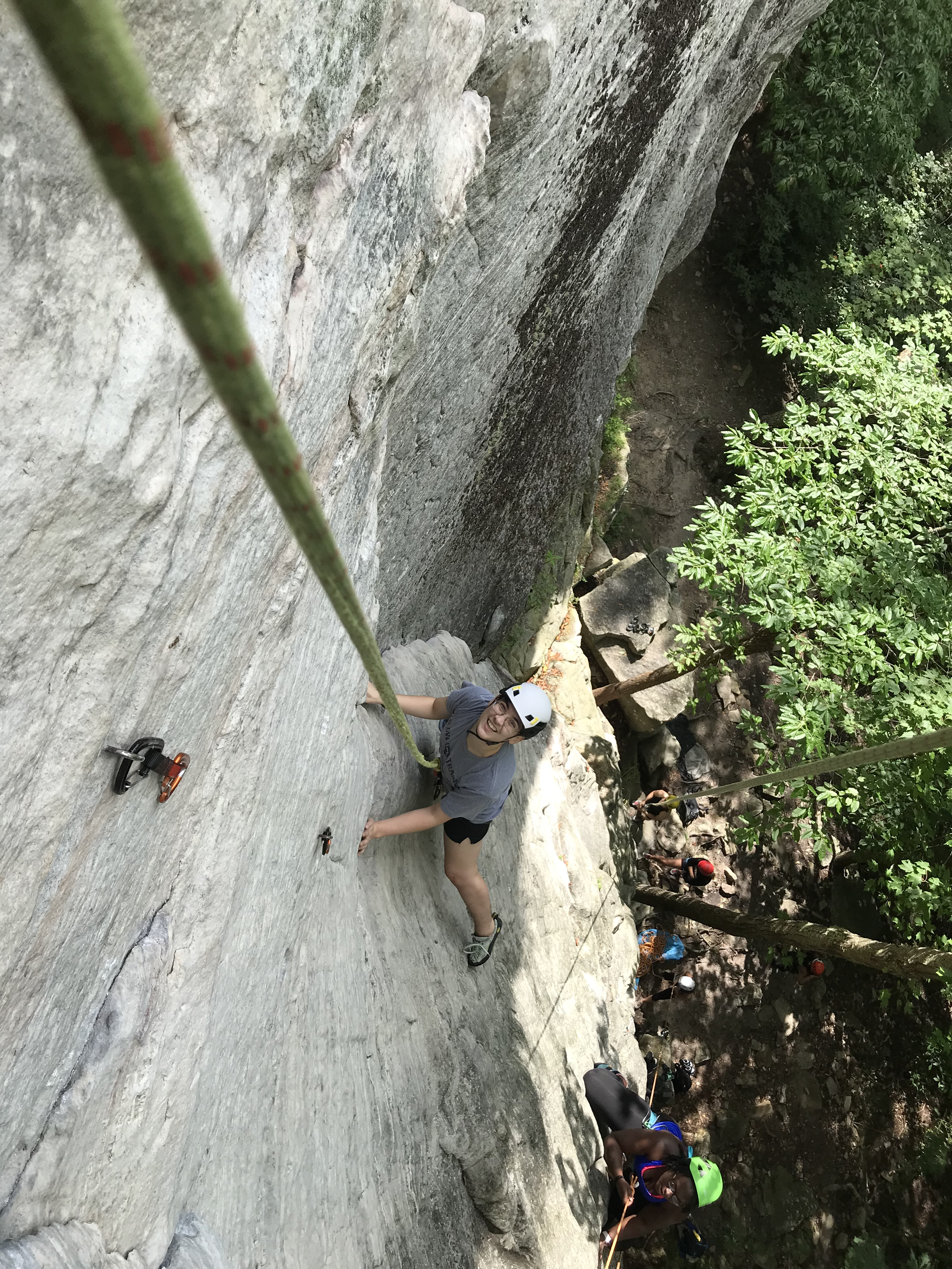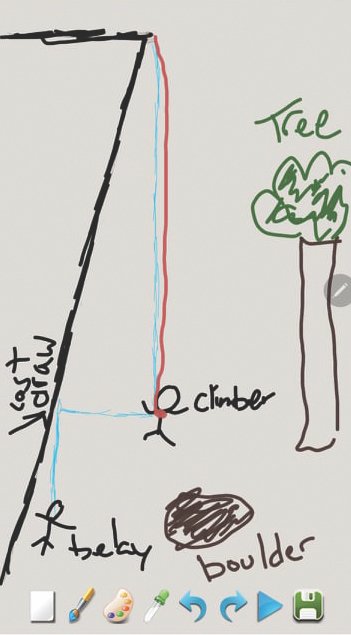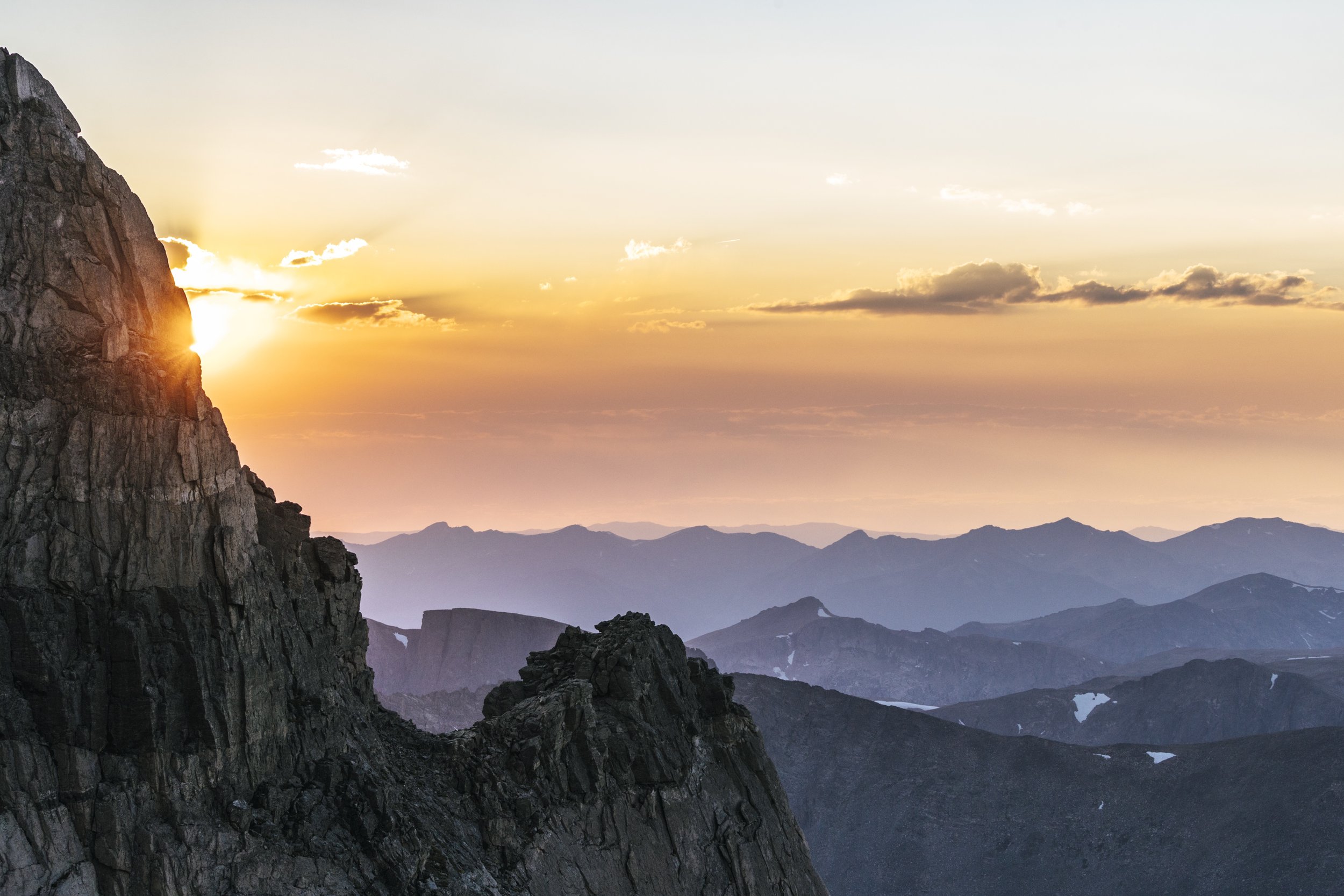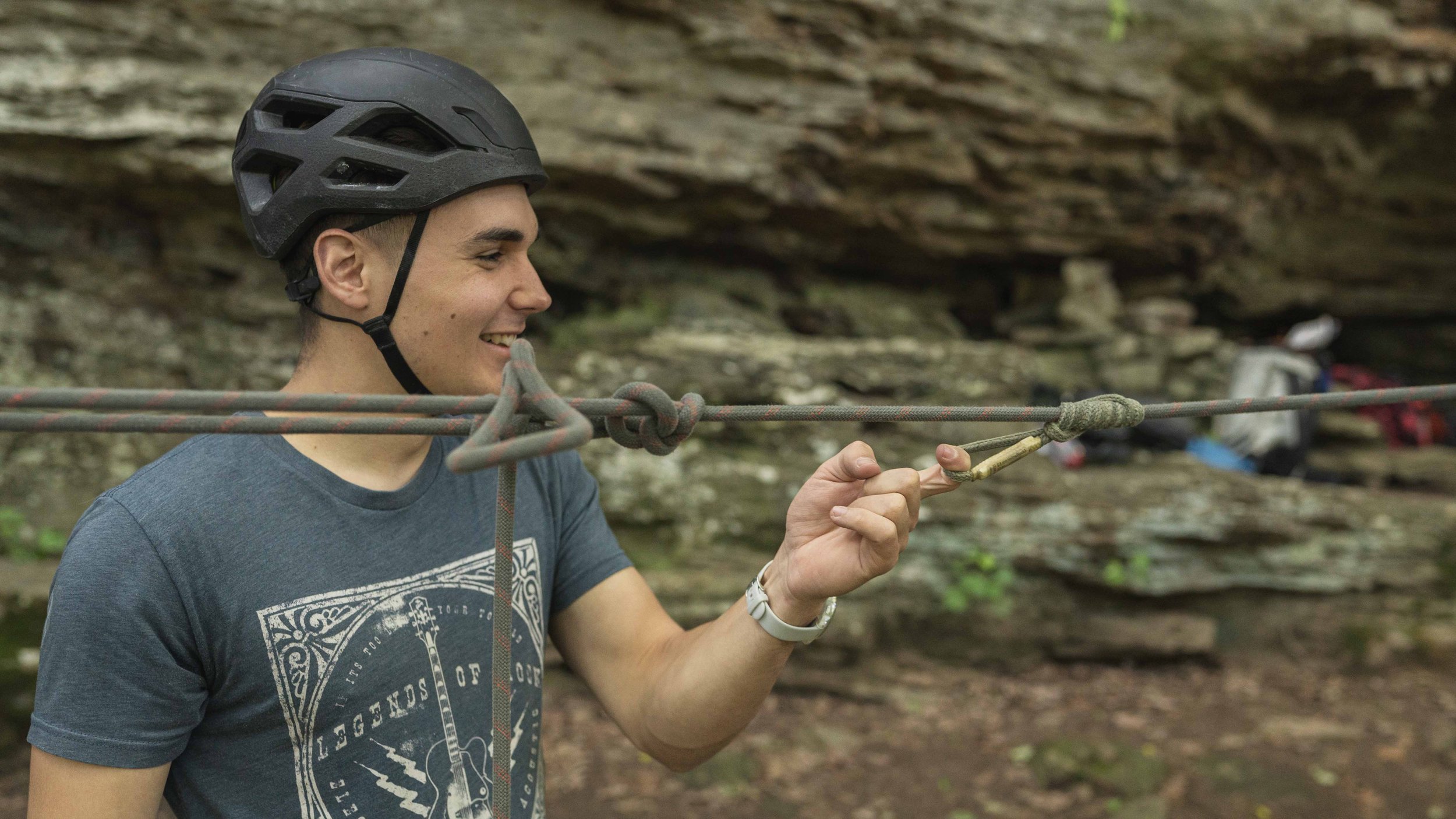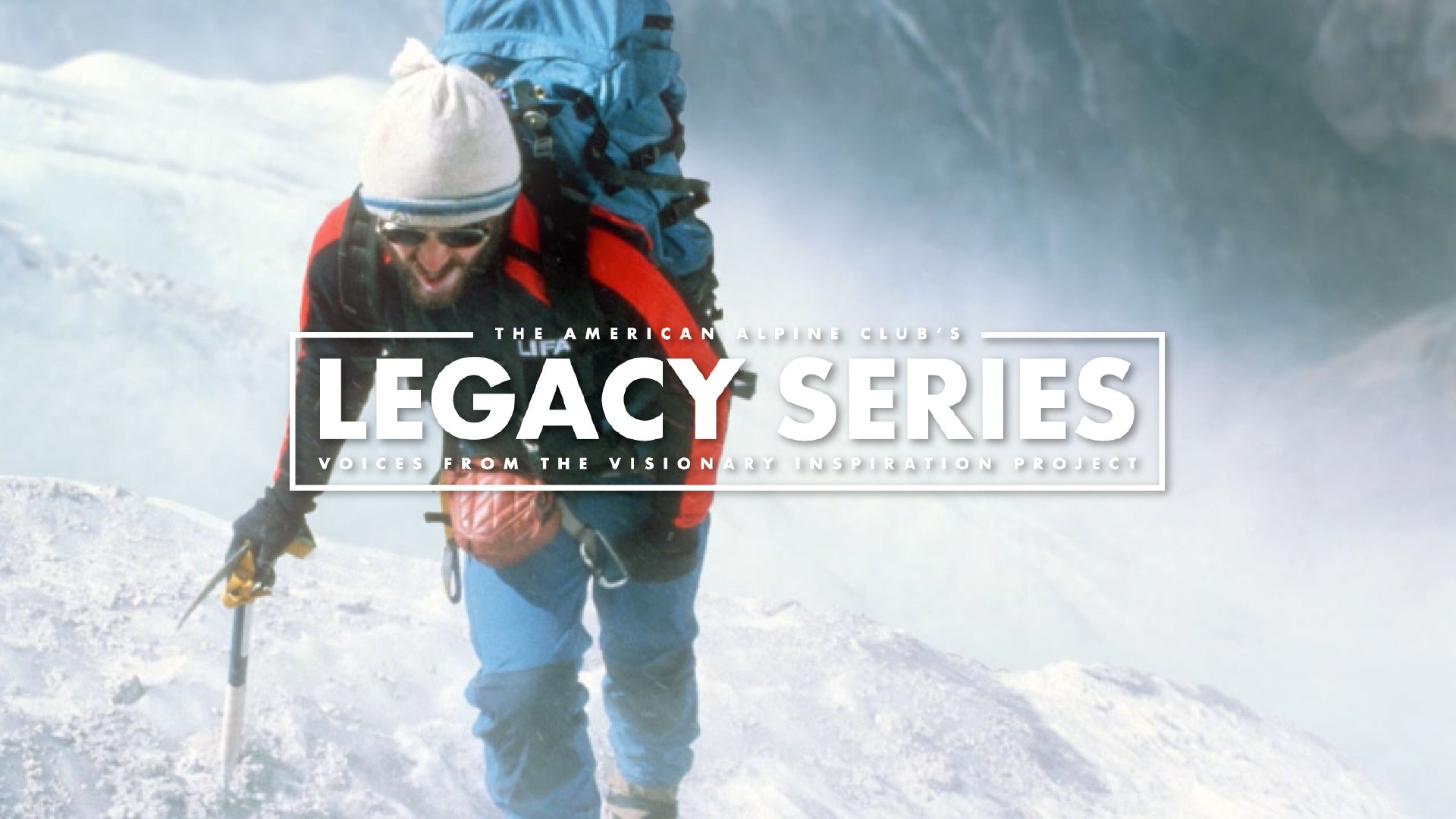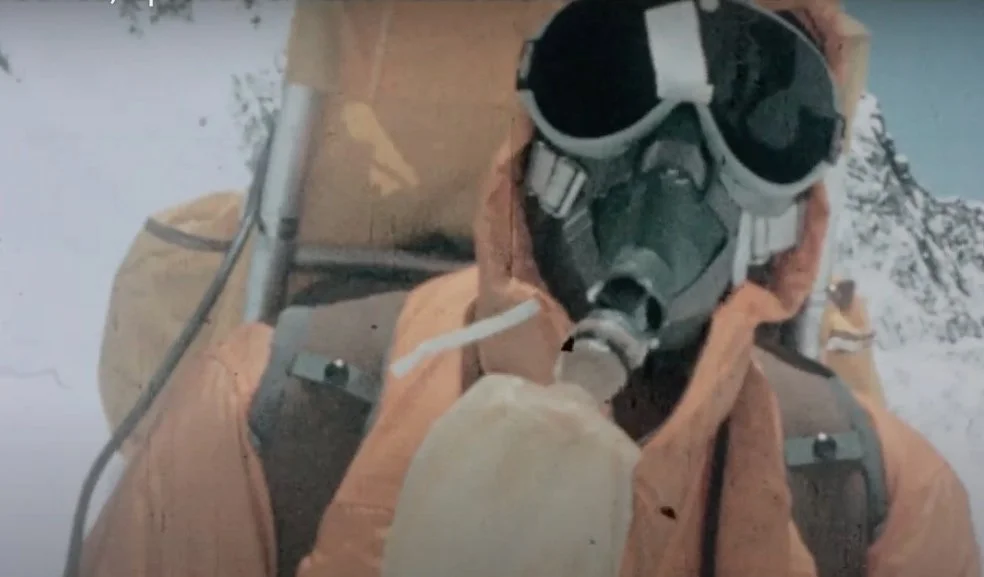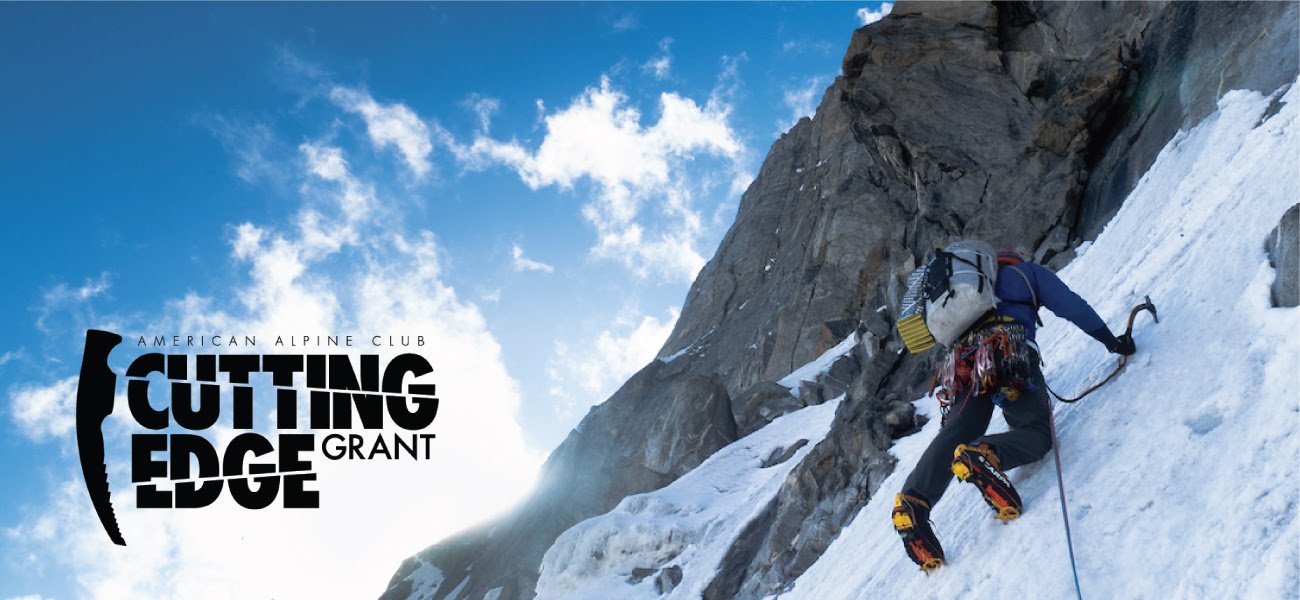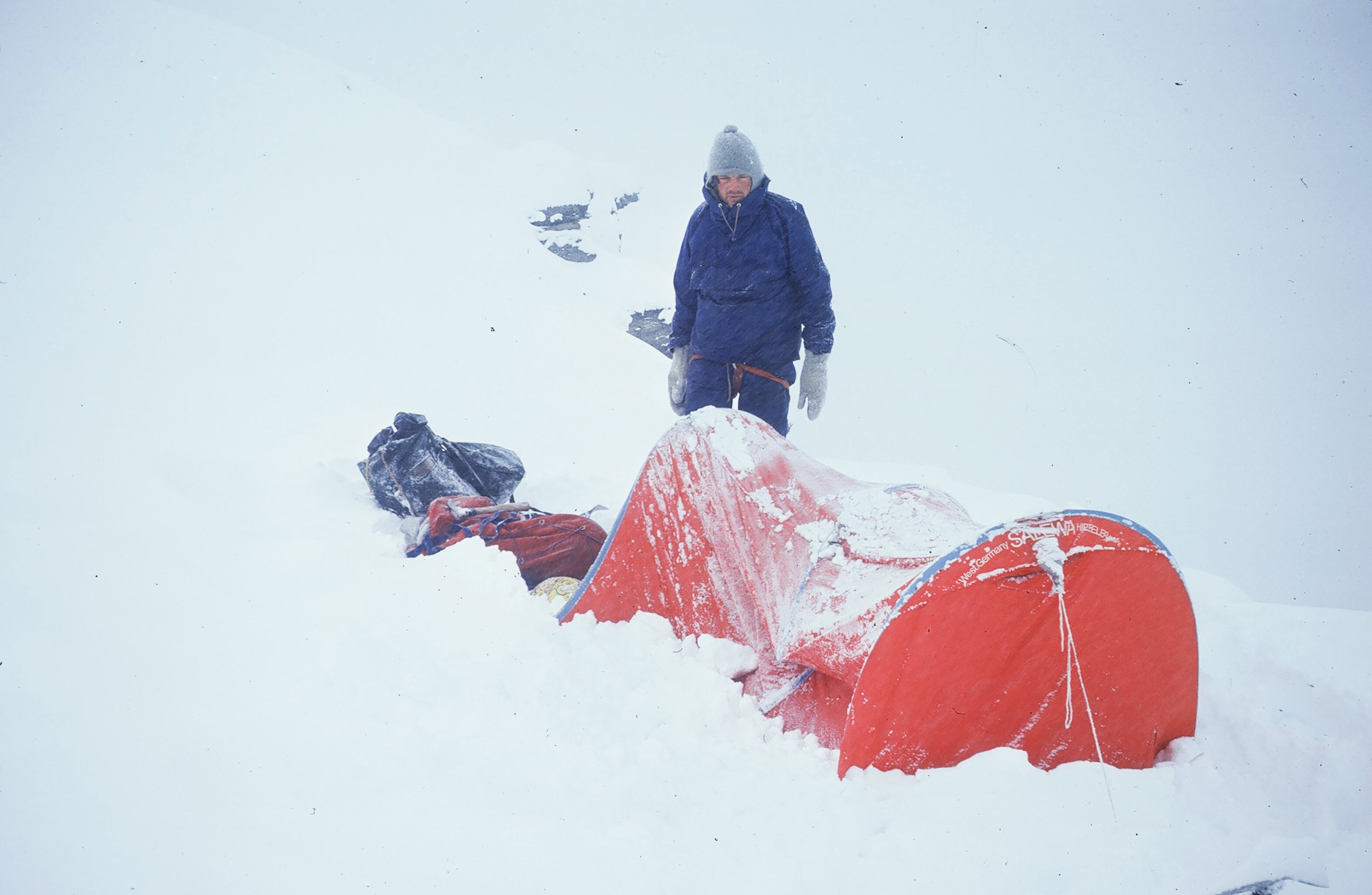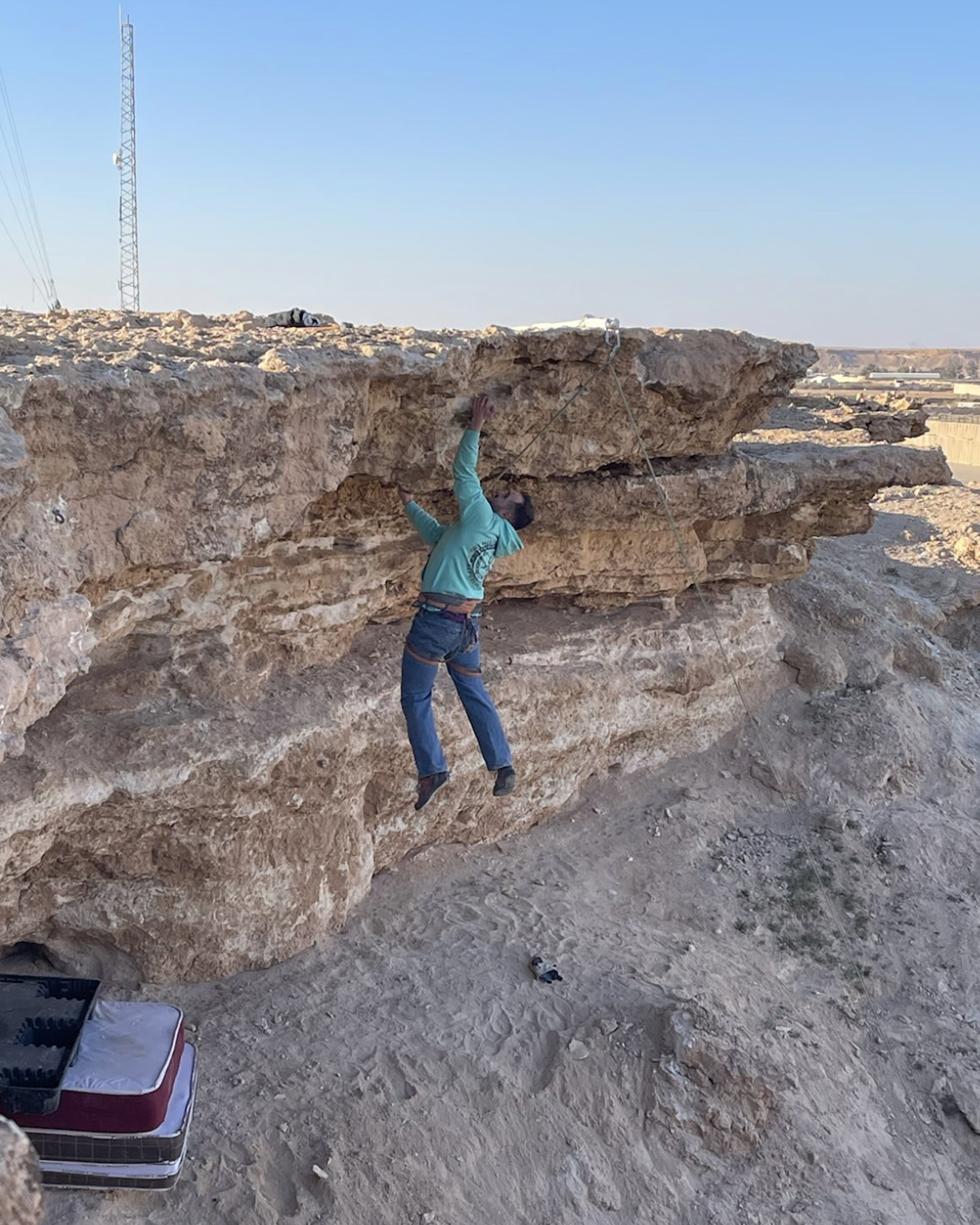With immense sorrow, we say goodbye to our dear friend and board member Hilaree Nelson.
Hilaree was a groundbreaking ski mountaineer, an inspiration to women and particularly adventurous moms, and a force among the AAC Board of Directors since her nomination in 2020. As a community, we find comfort in recognizing the number of lives she touched, the people she inspired, and the energy she carried through life.
We also know the pain and grief felt by those closest to her, particularly her children and partner, are unbearable. Who she was as a mother, partner, and our friend are part of what inspired us all so much. In the future, we will create space to fully celebrate her profound impact on the mountain community. In the meantime, our thoughts are with her loved ones as they grieve and learn to live on in her absence.
“Hilaree was a beacon for our community. She led a life defined by immense grace and strength that extended far beyond the world's great ranges. Her advocacy created change, while her leadership enabled those around her to do the same. I am personally devastated to have lost her as a colleague and as a friend, and my heart goes out to her family.”
-Graham Zimmerman, AAC Board President
“Hilaree was an inspiration, a kind and humble leader, a total badass, and a genuine friend. I'm grateful to have known her, and my heart is with her family, her children, and Jim.”
-Katie Stahley, AAC Board Member
“The profound example set by Hilaree is one to which the rest of us can only aspire. Her accomplishments as an athlete shine brighter because she was a mother participating strongly in our community of climbers, skiers, and activists. Volunteering demonstrated yet another force of hers, guiding many of our compasses both in and out of the mountains. May she rest in peace.”
-Brody Leven, AAC Board Member
”Being on the board of the American Alpine Club with your heroes is always a strange experience. You go through ebbs and flows of fandom while you sit next to one of the world’s greatest climbers or most visionary alpinists. So when someone like Hilaree Nelson hops in a chair next to you, you are almost speechless. But that immediately fades away, because in minutes, she has you cracking up about the time she climbed this, or the time she skied that mountain, or the cute thing her son did the other day. She had this amazing knack of making every one of us on the AAC board remember why we were there together, why we love the wild spaces. She knew how to read a room, a person, and a line up and down a mountain. I will grieve her loss for a very, very long time. But I will forever treasure those times we laughed together, climbed together and shared in our love of the mountain community together. RIP Hilaree.”
-Jen Bruursema, AAC Board Member
If you need support in grieving Hilaree’s loss, or any loss such as this that happened in the mountains or because of an accident, you can find therapy, shared experiences, and financial resources here.






